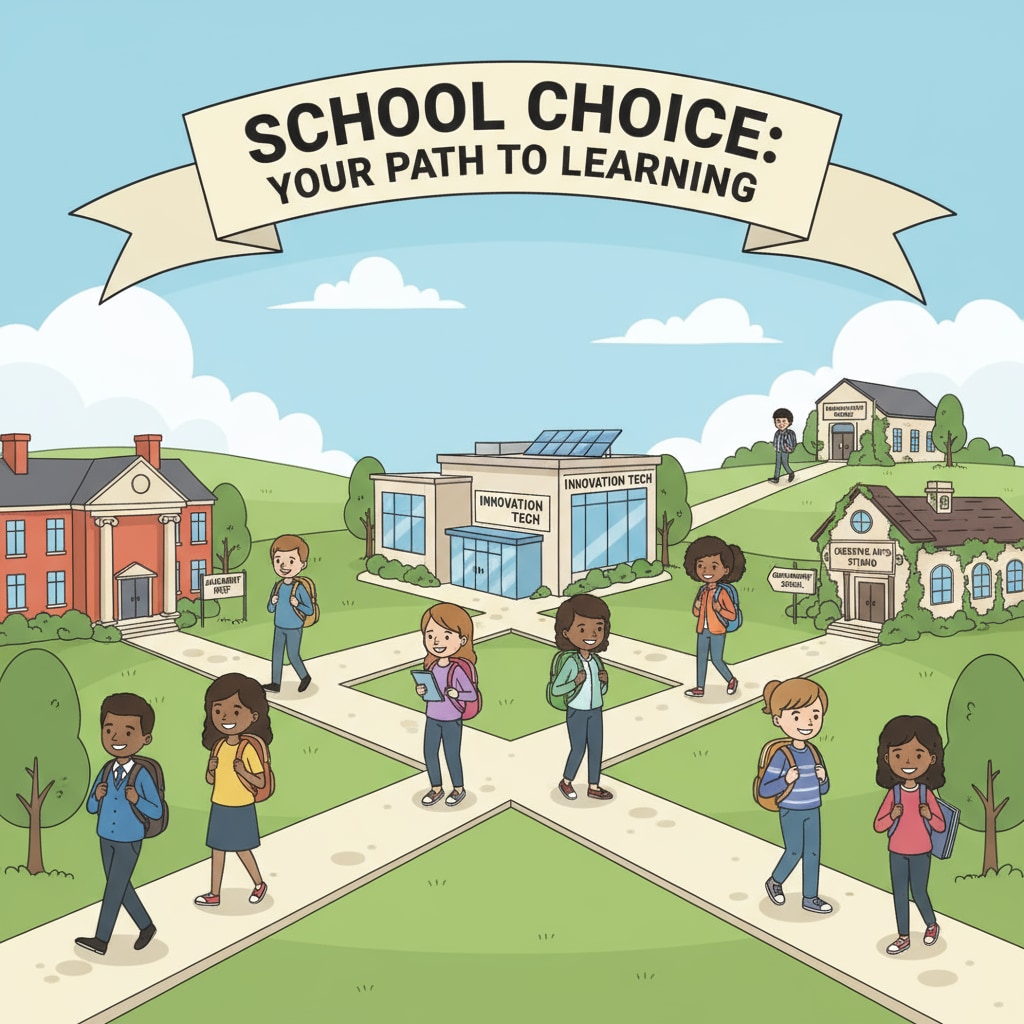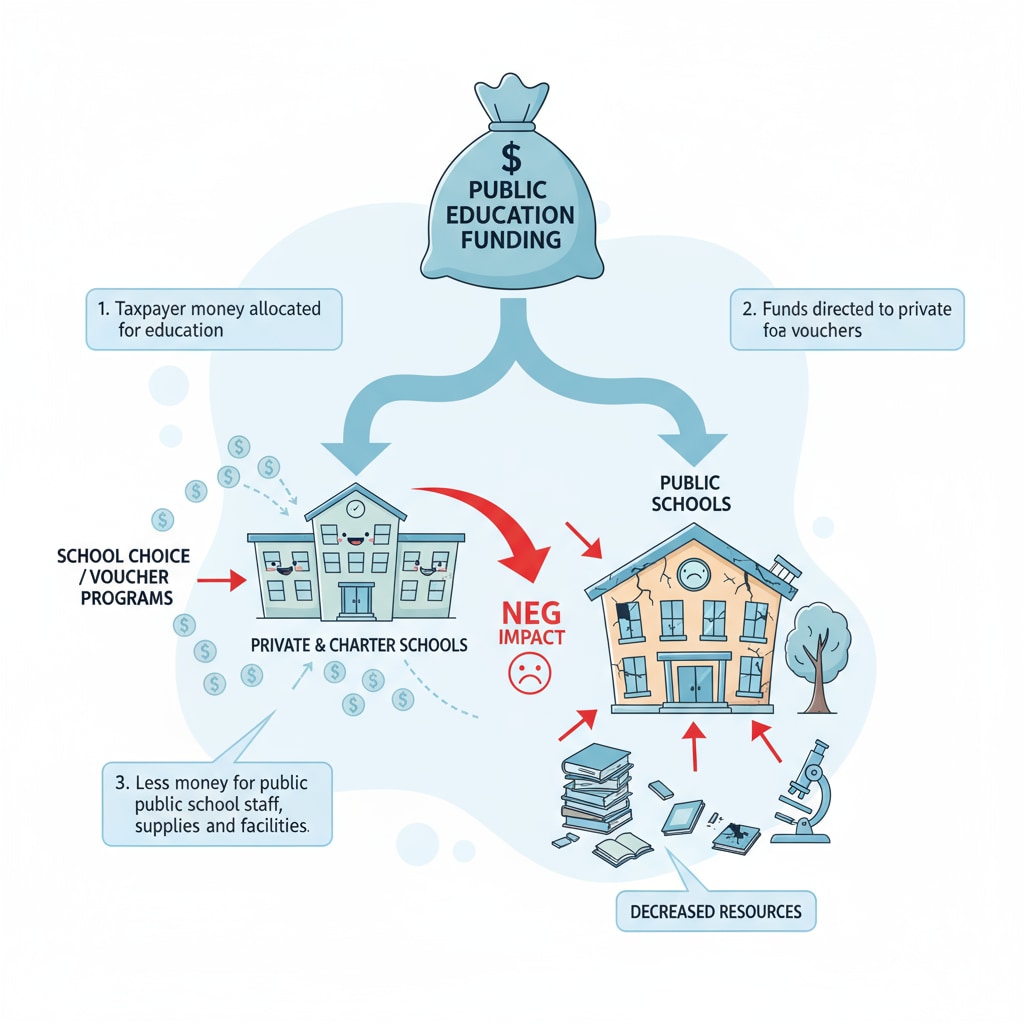School choice, conservatives, and education policy are topics that have sparked intense debate in the realm of education. In recent times, the concept of school choice has gained significant traction, but from a conservative perspective, it comes with a host of concerns. The idea of school choice generally refers to policies that allow parents to choose the school their children attend, rather than being assigned to a school based on their residential location. This seemingly straightforward concept, however, has far-reaching implications that conservatives believe need careful examination.

The Threat to the Public Education System
Conservatives argue that school choice programs can pose a serious threat to the public education system. One of the main reasons is that these programs often divert funds away from traditional public schools. When students leave a public school to attend a private or charter school through a school choice initiative, the funding that follows them can leave the remaining public schools with fewer resources. For example, a study by Brookings Institution has shown that in areas with extensive school choice programs, some public schools struggle to maintain their academic offerings and extracurricular activities due to budget constraints. This, in turn, can lead to a decline in the quality of education in public schools, which are the cornerstone of a democratic society.

Exacerbating Educational Inequality
Another major concern for conservatives is the potential exacerbation of educational inequality through school choice. While the intention behind school choice is often to provide more opportunities for all students, in reality, it may benefit certain groups more than others. Families with higher incomes and more resources are better able to take advantage of school choice options. They can afford to move to areas with better schools or pay for additional educational services associated with the chosen schools. On the other hand, lower-income families may face barriers such as transportation costs or lack of information about available school choices. As a result, the gap between the educational achievements of different socioeconomic groups may widen. According to research from the National Center for Education Statistics, students from disadvantaged backgrounds are less likely to access high-quality educational options through school choice programs.
In addition to socioeconomic factors, school choice can also lead to segregation in schools. When students are chosen based on various criteria, it can result in schools becoming more homogeneous in terms of race, income, or academic ability. This goes against the principle of providing an inclusive and diverse educational environment that is essential for preparing students for a multicultural society.
Readability guidance: The above content uses short paragraphs to present key points. Each H2 section provides a focused analysis of a concern related to school choice from a conservative perspective. Transition words like “however”, “for example”, and “in addition” are used to enhance the flow of the text. The use of external references helps to support the arguments made.
The Erosion of Community Cohesion
Conservatives also worry about the impact of school choice on community cohesion. Schools play a vital role in bringing communities together. They are places where parents, students, and teachers interact, forming a sense of community. When students are dispersed across multiple schools through school choice, it can disrupt this community fabric. For instance, neighborhood schools often serve as a focal point for community activities such as parent-teacher meetings, sports events, and cultural festivals. With school choice, these activities may decline, as families are less likely to be invested in a particular neighborhood school. This can lead to a breakdown in the social connections that are crucial for the well-being of a community.
A Return to Community-Centered Education
In light of these concerns, conservatives advocate for a return to a community-centered education model. This model emphasizes the importance of local schools being at the heart of the community. It involves building strong partnerships between schools, parents, and local organizations. By keeping students within their communities for education, it is believed that the public education system can be strengthened, educational inequality can be reduced, and community cohesion can be restored. This approach aligns with traditional conservative values that prioritize the role of local institutions and the importance of community bonds in providing a stable and nurturing educational environment.
In conclusion, while school choice may seem like an appealing concept on the surface, from a conservative perspective, it has significant drawbacks that affect the public education system, educational equality, and community cohesion. By understanding these concerns, policymakers can make more informed decisions and work towards an education system that better serves all students and communities. The debate around school choice, conservatives, and education policy will likely continue, but it is essential to consider the long-term implications of these policies for the future of education.


